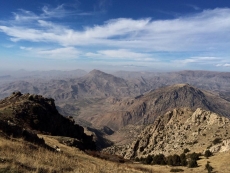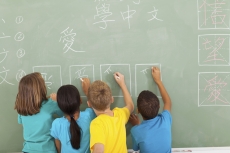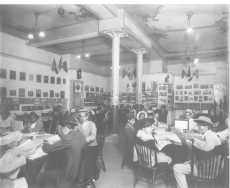The CPD Blog is intended to stimulate dialog among scholars and practitioners from around the world in the public diplomacy sphere. The opinions represented here are the authors' own and do not necessarily reflect CPD's views. For blogger guidelines, click here.

Syuzanna Petrosyan on Armenia's untapped potential as an eco-tourism destination.

Never mind the economic sanctions, here's the Russian twerkers.

Falk Hartig gives the rundown on the 9th Annual Confucius Institute Conference from Xiamen.
A look back at Madiba's diplomatic legacy, from Sohaela Amiri.

Stanislav Budnitsky on Russia's latest move in the "information race."

An excerpt from CPD's interview with the Chief Executive of the Confucius Institute.

New access to U.S. historical documents shed welcome light on history of PD

How a vibrant and engaged Mexican student body is turning into a rotting corpse.
Pages
Visit CPD's Online Library
Explore CPD's vast online database featuring the latest books, articles, speeches and information on international organizations dedicated to public diplomacy.
POPULAR ARTICLES
-
January 2
-
December 17
-
December 15
-
November 25
-
January 2
Featured Blogger
Join the Conversation
Interested in contributing to the CPD Blog? We welcome your posts. Read our guidelines and find out how you can submit blogs and photo essays >.








